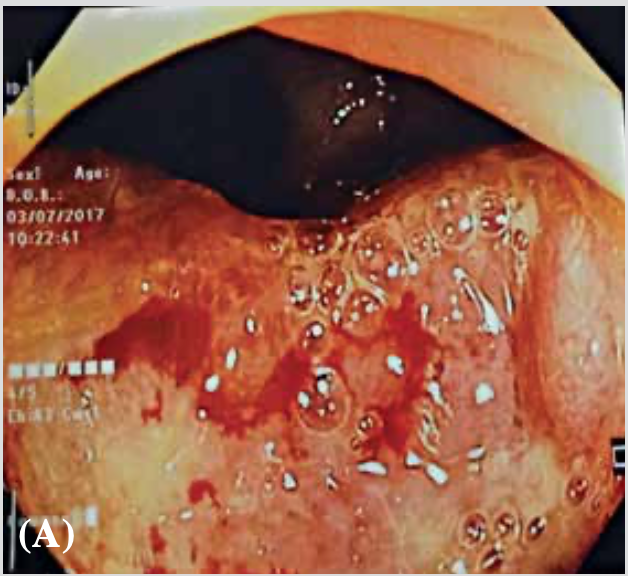Abstract
Introduction: It remains controversial whether mesh should be fixed during totally extraperitoneal inguinal hernia repair. This prospective study was done to determine the outcomes of patients undergoing totally extraperitoneal (TEP) inguinal hernia repair without mesh fixation.
Patients and Methods: This was a prospective study on 250 patients with 289 inguinal hernias who underwent TEP repair without mesh fixation between January 2020 and December 2020 with an average of forty-two months postoperative follow – up at the Department of General Surgery, Can Tho General Hospital, Viet Nam.
Results: The mean age was 52.95 ± 17.75 years. There were 282 primary, 211 unilateral and 39 bilateral hernias. The average operating time was 47.6 and 71.7 minutes for unilateral and bilateral hernias, respectively. With one case of conversion to TAPP repair, the success rate for TEP was 99.6%. The rate of intraoperative complication was 1.2% (3 cases), all of them were bleeding. Seroma was the most common postoperative complication seen in 9 patients (3.6%). One case of postoperative bleeding was from branches of the epigastric artery requiring re-operation. The length of postoperative hospital stay was 2.82 + 1.82 days. There were only 4 cases (1.6%) of mild chronic pain and no other postoperative complications or recurrence after an average of 42 months postoperative follow– up.
Conclusions: TEP repair without mesh fixation is an excellent technique for laparoscopicinguinal herniarepair with low rates of intraoperative and postoperative complications after an average of 42 months post-operative follow-up.
Keywords: Inguinal hernia repair, Totally extraperitoneal repair – TEP, mesh fixation
References
- Stabilini, Cesare, et al. (2023), “Update of the international HerniaSurge guidelines for groin hernia management”, BJS open. 7(5), p. zrad080.
- Kuhry, Esther, et al. (2007), “Open or endoscopic total extraperitoneal inguinal hernia repair? A systematic review”, Surgical endoscopy. 21, pp. 161-166.
- Bansal, Virinder Kumar, et al. (2013), “A prospective, randomized comparison of long-term outcomes: chronic groin pain and quality of life following totally extraperitoneal (TEP) and transabdominal preperitoneal (TAPP) laparoscopic inguinal hernia repair”, Surgical endoscopy. 27, pp. 2373-2382.
- McCormack, Kirsty, et al. (2005), “Transabdominal pre-peritoneal (TAPP) versus totally extraperitoneal (TEP) laparoscopic techniques for inguinal hernia repair: a systematic review”, Hernia. 9, pp. 109-114.
- Goksoy, Beslen, Yilmaz, Gưkhan, Azamat, Ibrahim F, Ozata, Ibrahim H, and Duman, Kazim (2021), “Laparoscopic Inguinal Hernia Repair-TAPP versus TEP: Results of 301 Consecutive Patients”, Surgical technology international. 39, pp. 191-195.
- Moreno-Egea, Alfredo, Martínez, José Antonio Torralba, Cuenca, Germán Morales, and Albasini, José Luis Aguayo (2004), “Randomized clinical trial of fixation vs nonfixation of mesh in total extraperitoneal inguinal hernioplasty”, Archives of Surgery. 139(12), pp. 1376-1379.
- Gutlic, Nihad, Rogmark, Peder, Nordin, Pr, Petersson, Ulf, and Montgomery, Agneta (2016), “Impact of mesh fixation on chronic pain in total extraperitoneal inguinal hernia repair (TEP): a nationwide register-based study”, Annals of Surgery. 263(6), pp. 1199-1206.
- Zhu, Xiang, et al. (2014), “Totally extraperitoneal laparoscopic hernioplasty versus open extraperitoneal approach for inguinal hernia repair: a meta-analysis of outcomes of our current knowledge”, The Surgeon. 12(2), pp. 94-105.
- Kaul, Amit, et al. (2012), “Staple versus fibrin glue fixation in laparoscopic total extraperitoneal repair of inguinal hernia: a systematic review and meta-analysis”, Surgical endoscopy. 26, pp. 1269-1278.
- Bharatam, KK (2018), “Laparoscopic TEP Inguinal Hernia Repair-Are We Overdoing It? A Com-prehensive Study of 25 Cases of TEP Inguinal Hernia Repair Done Without the Use of Electrocautery and Without Any Mesh Fixation”, Clin Med Rev Case Rep. 5, p. 232.
- Lomanto, Davide and Sta Clara, Eva Lourdes (2022), “Totally Extraperitoneal Approach in Inguinal Hernia Repair”, Mastering Endo-Laparoscopic and Thoracoscopic Surgery: ELSA Manual, Springer, pp. 391-398.
- Arregui, Maurice E, Davis, Chad J, Yucel, Osman, and Nagan, Robert F (1992), “Laparoscopic mesh repair of inguinal hernia usir preperitoneal approach: A preliminary report”, Surgical Laparoscopy Endoscopy & Percutaneous Techniques. 2(1), pp. 53-58.
- McKernan, J Barry and Laws, Henry L (1993), “Laparoscopic repair of inguinal hernias using a totally extraperitoneal prosthetic approach”, Surgical endoscopy. 7, pp. 26-28.
- Bansal, Virinder Kumar, Krishna, Asuri, Misra, Mahesh C, and Kumar, Subodh (2016), “Learning curve in laparoscopic inguinal hernia repair: experience at a tertiary care centre”, Indian Journal of Surgery. 78, pp. 197-202.
- Barta, Bogdan, et al. (2022), “Extraperitoneal Laparoscopic Approach in Inguinal Hernia—The Ideal Solution?”, Journal of Clinical Medicine. 11(19), p. 5652.



